By now, you’ve likely heard about the live-streamed beating, torture and harassment of a special needs student by four Chicago teens.
Over the course of the live stream, the assailants cited President-elect Donald Trump in addition to calling out adverse comments like, “Fuck white people!” while they assaulted the young man. While the teens never mentioned Black Lives Matter by name, the organization has once again found itself at the center of a national debate concerning the legitimacy of the movement, and whether or not it propagates violence toward white people.
Richard Spencer, self-proclaimed alt-right leader of the National Policy Institute, has even gone so far as to name the event the “BLM Kidnapping.” If you think Black Lives Matter is a race-baiting hate group, don’t forget that Richard Spencer is the same man who promotes 21st century ethnic cleansing and unashamedly said, “America belongs to white men.”
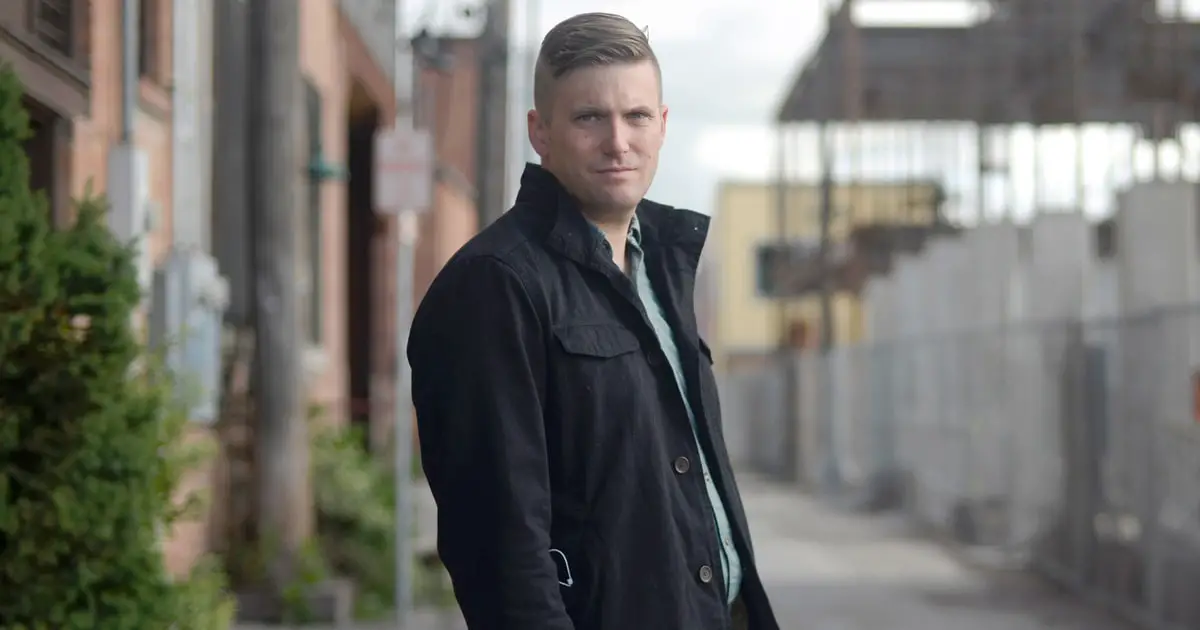
As someone who cares for a special needs population, I am angry, appalled and hope for an unkind taste of justice for these teens. As someone who supports Black Lives Matter—a movement with no chauvinist means, despite what alt-right leaders have been saying for years—I think that this last-ditch attempt to discredit Black Lives Matter reeks of desperation.
Black Lives Matter, born from the 2013 public acquittal of George Zimmerman, affirms black life (not while synchronously denying white life) in a time where people like Richard Spencer regularly marginalize minority groups. Yet somehow, people continue to spin the same narrative about BLM being an organization that propagates violence and hate, not that this should come as a surprise revelation to anyone—Black Lives Matter has always known success, but has an equally as bleak history of incrimination.
November 24, 2014: The Second Wave of Ferguson Unrest
After Darren Wilson fatally opened fire on Michael Brown on August 9, 2014, a national debate was incited about race relations and law enforcement’s relationship with black America. The days after the shooting were commemorative of Brown, but the push for black activism was quickly overtaken by days of violence—this came to be known as the first wave, but it would be the second wave where Black Lives Matter really bore the brunt of national criticism.
Days before a not-guilty verdict was announced to the nation and Ferguson found itself in its second wave of unrest, the governor of Missouri declared a state of emergency. Upon announcement of the jury’s decision not to indict Darren Wilson, Michael Brown’s stepfather ordered Ferguson residents to, “Burn this bitch down!” Chaos ensued.
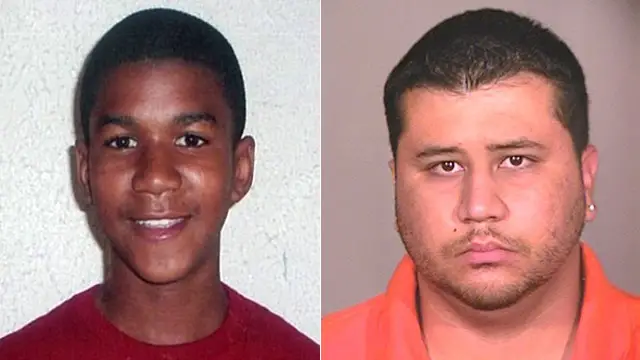
Black Lives Matter had merely been a hashtag after Trayvon Martin, a movement that gained traction, legitimacy and longevity after unrest in Ferguson. Just as quickly as the movement started, it was met by instant reproach—the counter-movement, All Lives Matter, was one of the very first attempts to detract from the purpose of the Black Lives Matter organization—that continues to inform the negative response toward BLM.
In the midst of city-wide disorder, Ferguson suffered massive property damage. People used a passive movement as a cover to further their own agendas, and this began a history of violence that remains completely unrelated to BLM. Ferguson’s legacy isn’t rooted in the attempts of peaceful protestors to advocate for justice, but in the looting of businesses, vandalism, and destruction of the city.
December 20, 2014: The Murders of Rafael Ramos and Wenjian Liu
In response to the deaths of Eric Garner and Michael Brown, Ismaaiyl Abdullah Brinsley approached the patrol car of Rafael Ramos and Wenjian Liu, shot and killed the two officers, and fled on foot before committing suicide in a subway station. While the nation mourned the death of the officers (who’d done nothing to provoke Brinsley), others were quick to pour out their hatred of Black Lives Matter and avid in their attempts to discredit an ideology they’d never even concerned themselves with.
Despite what its pseudo-affiliates (i.e. criminals and murderers operating under the shroud of BLM) do, Black Lives Matter has never proposed any kind of mass execution of law enforcement as an answer to police brutality. Although Black Lives Matter condemned Brinsley’s ambush of the NYPD officers—“An eye for an eye is not our vision of justice…”—social media and conservative commentators rejected the Facebook statement and once more accused BLM of knowingly inciting violence.
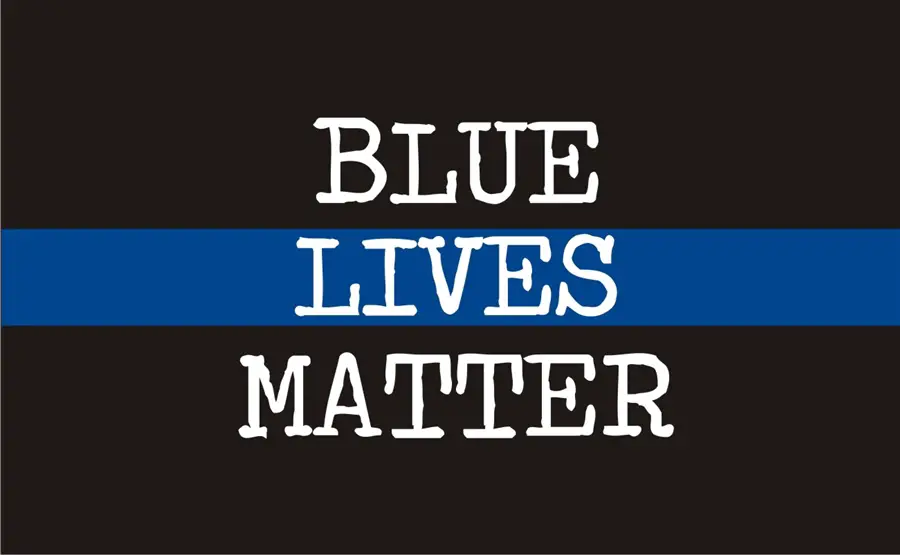
This instance of violence against police has since spurred another counter-movement, Blue Lives Matter, a national pro-police effort to dissuade people from the supposed anti-police sentiment of the Black Lives Matter movement. Blue Lives Matter and All Lives Matter, respectively, have since gained their own base of support since the creation of Black Lives Matter.
August 26, 2015: The Murders of Alison Parker and Adam Ward
Just two months after Dylann Roof gunned down members of the Emanuel African Methodist Episcopal Church, Vester Lee Flanagan II shot and killed Alison Parker and Adam Ward during a live television interview. Flanagan cited Dylann Roof’s purposeful execution of black people (and his alleged intention to spur a national race war) and supposed workplace discrimination at WDBJ as his motive to kill.
Given the intentions of Flanagan, it’s obvious that Parker and Ward’s murders were racially motivated. Although Flanagan’s vendetta, very clearly against his white coworkers, ended with two lives being taken, the issue here had nothing to do with Black Lives Matter. His mental state has repeatedly been called into question, and it seems more so like toxic delusions of racism rather than “supporting” BLM were the driving factor for Flanagan’s actions.
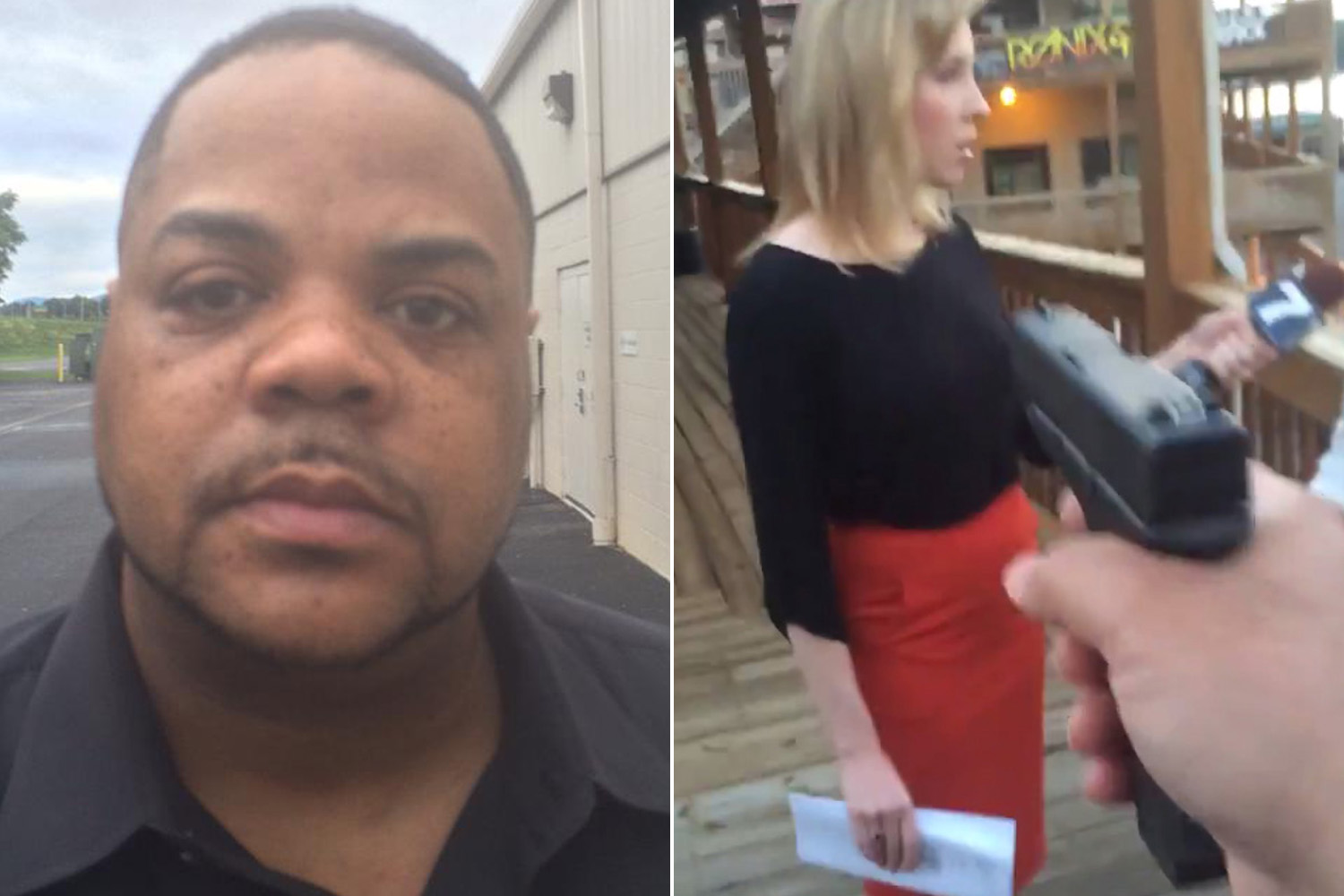
Black Lives Matter became a social media-wide rebuttal for the WDBJ shooting, and this had only added fuel to a fire building steadily since 2014. Flanagan’s manifesto made no mention of the movement, but naysayers continued their trend of trying to dismantle Black Lives Matter by fixating on violent acts perpetuated by black people.
July 7, 2016: Dallas Police Officers are Ambushed
After the deaths of Alton Sterling on July 5 and Philando Castile on July 6, a peaceful protest was arranged in the streets of Dallas, Texas on July 7 of last year. A peaceful demonstration against police brutality quickly turned into chaos when Micah Xavier Johnson, a heavily armed military veteran of the Afghan War, began firing upon police officers. Five officers were killed in the ensuing shootout, and Johnson was later killed by a bomb attached to a robot.
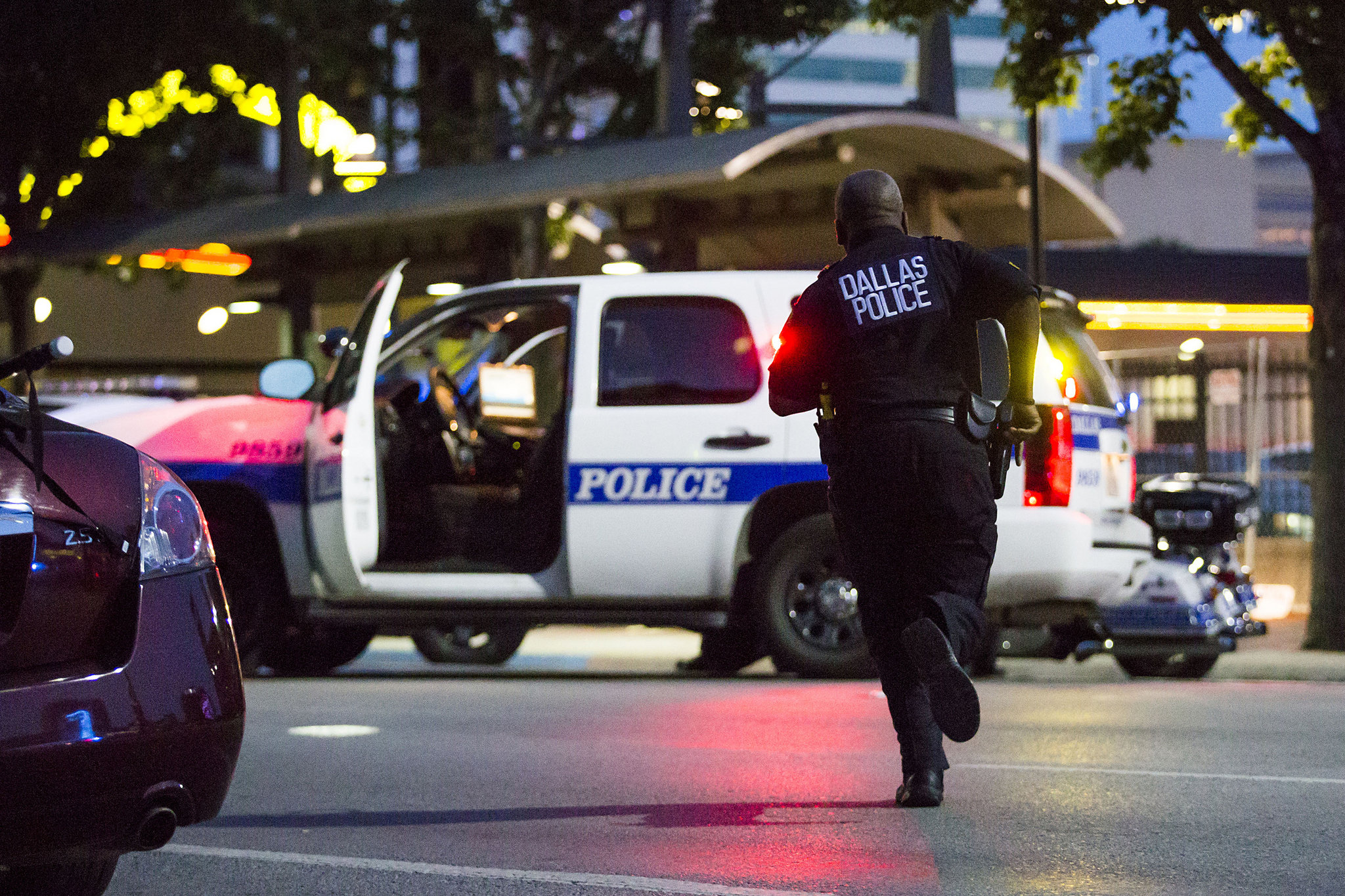
Johnson sought out Black Lives Matter after being discharged from the military as a means of expressing himself as an activist, but after being blacklisted from other nationalist groups, Johnson became a loner of sorts. Even though he was never officially associated with Black Lives Matter, citing the movement as the perpetrator was the most transparent attempt to discredit the real work being done by activists.
Blue Lives Matter was brought back to life in the midst of the ambush’s extensive media coverage, and Black Lives Matter suffered another huge blow despite having nothing to do with Johnson’s extremist actions.
These events will not be the last time that Black Lives Matter falls to an adverse rhetoric. Blaming Black Lives Matter for allegedly reinforcing a national anti-police outlook misses the point of the movement and masks the work of advocates across the nation.
True, honest supporters of Black Lives Matter would neither partake in nor encourage violence against anyone, especially not with the intention of being racially divisive. Anyone who claims to support Black Lives Matter, but does not encourage racial inclusion and affirmation, doesn’t understand the purpose of the movement, but instead promotes a deadly strand of racial discord.


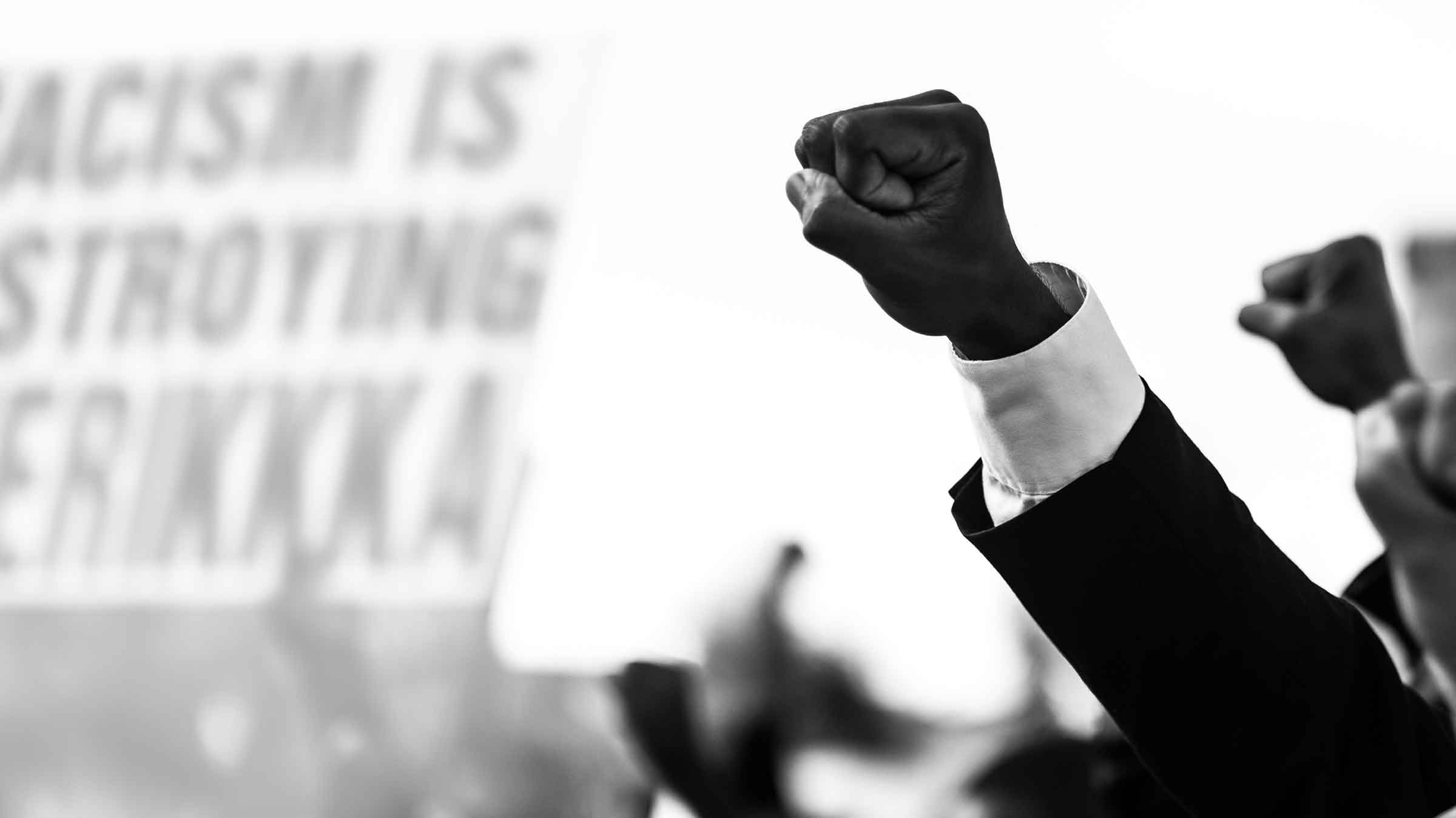

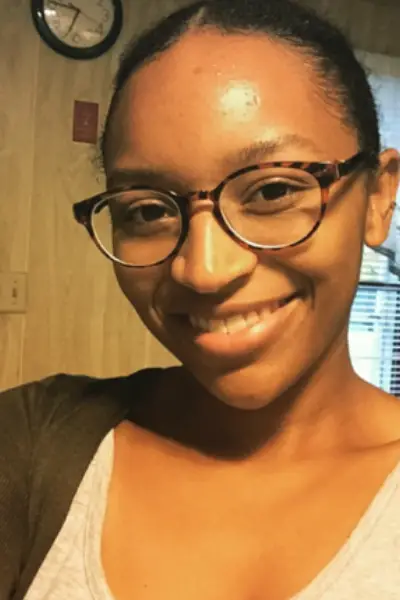






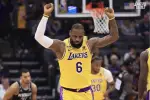






Trayvon Martin and Michael Brown were the arquitects of their own demise and #AllLivesMatter predates BLM.
“True, honest supporters of Black Lives Matter would neither partake in nor encourage violence against anyone, especially not with the intention of being racially divisive. Anyone who claims to support Black Lives Matter, but does not encourage racial inclusion and affirmation, doesn’t understand the purpose of the movement, but instead promotes a deadly strand of racial discord.”
Really? Have you read BLM’s manifesto on their website? It is basically a call for anarchy. Let everyone out of the prisons? Really?
BLM gets blamed for a lot of social unrest because they encourage it.
[…] the Covid pandemic, and the immigrant “caravan” was in 2018, or the Black Lives Matter protests before […]